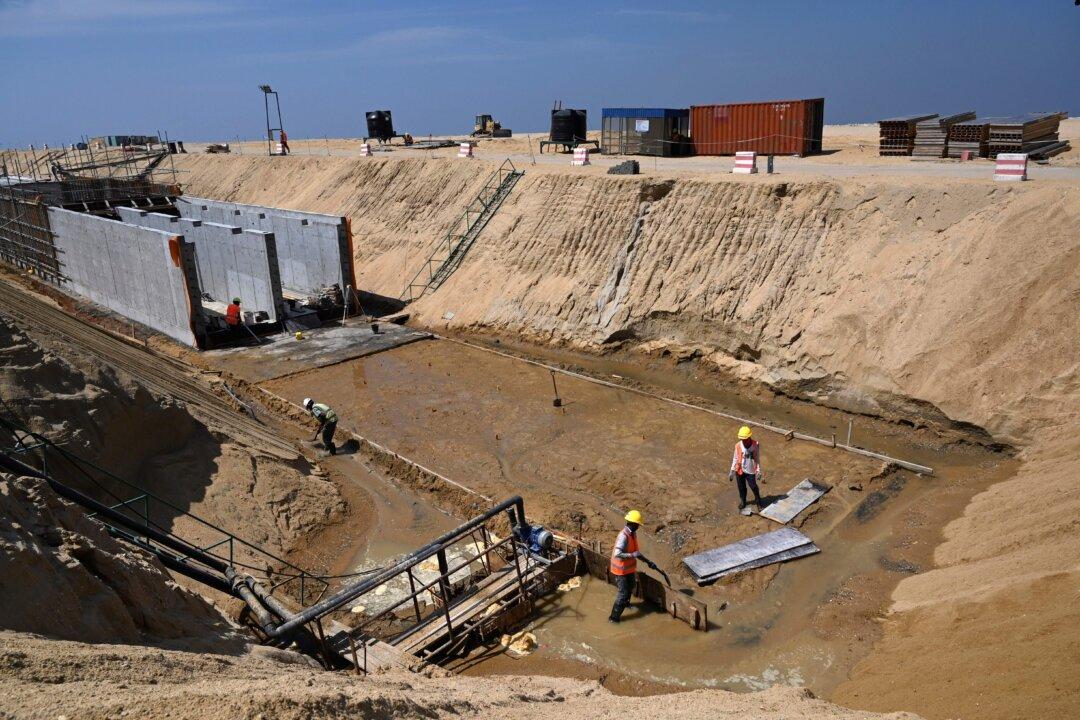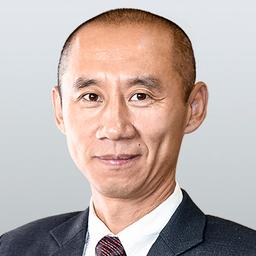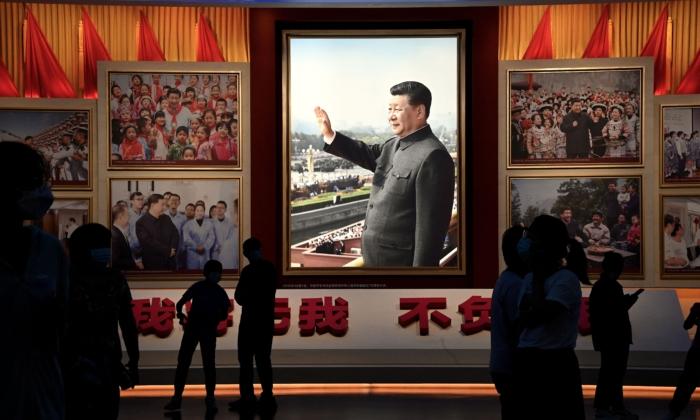Prior to the G20 summit in New Delhi, Indian Prime Minister Narendra Modi indirectly criticized the Chinese communist regime for taking advantage of the crisis of other countries to make huge profits while creating debt traps for these countries. India, which holds the G20 presidency this year, is still pushing for debt relief for poor countries.
Speaking in an exclusive interview with Business Today, Mr. Modi emphasized the importance of financial discipline and the need for countries to safeguard themselves from financial indiscipline.
“It is the duty of each country to guard itself from financial indiscipline, but at the same time, there are forces that have sought to take undue advantage by catalyzing debt crises. These forces have capitalized on the helplessness of other countries and led them into debt traps,” he said.
China expert and political commentator Li Yiming, who resides in Japan, told The Epoch Times on Aug. 31 that the international community is tired of the Chinese Communist Party’s (CCP) debt trap tricks, and Modi’s sharp remarks are a tangible representation of this attitude.
CCP Takes Advantage of Debt-Laden Countries
Mr. Modi also said in the interview that since 2021, the G20 countries have begun to address the debt crisis of low- and middle-income countries, many of which are struggling because of unsustainable debts.According to estimates by authoritative organizations such as the World Bank, the Chinese regime has provided loans totaling approximately $240 billion to 22 developing countries from 2008 to 2021. But in recent years, some countries have struggled to repay loans for infrastructure projects under the Belt and Road Initiative. In addition, approximately 60 percent of low-income nations and 30 percent of emerging market economies are either experiencing or are at risk of debt distress.
Some critics believe that the CCP is using “debt trap diplomacy” to trick other countries into taking on debt beyond their sustainable levels, thereby forcing them to make diplomatic, military, or infrastructure concessions to the CCP.
For example, Sri Lanka, which is branded by the CCP as a key country of the Belt and Road Initiative, was on the verge of collapse due to economic and political turmoil caused by massive debt.
Over the past few years, the CCP has invested about $6.5 billion in loans for infrastructure projects in Sri Lanka, including airports, seaports, highways, power stations, and ports. Of this amount, $1 billion was invested in the construction of the Hambantota port, and $1.4 billion was invested in the Colombo port city project.
Sri Lanka is also one of the earliest countries to support the CCP’s Belt and Road infrastructure project. As of March 2023, the country’s external debt has reached $50.5 billion, accounting for about 65 percent of its GDP, of which nearly 13 percent is owed to China.
The heavy foreign debt has plunged it into a debt trap. In December 2017, Sri Lanka had to lend Hambantota Port and 15,000 acres of land around the port to the CCP for a 99-year lease due to its inability to repay its debts.
In contrast to debt-ridden Sri Lanka, Malaysia saw through the CCP’s debt trap in time. When Mahathir Mohamad became prime minister for the second time, he scrapped a number of Belt and Road infrastructure projects that his predecessor had agreed to with the CCP.
As of today, the CCP is still creating more debt traps. On Aug. 24, Chinese leader Xi Jinping stated at the BRICS summit in South Africa that the Chinese regime would provide a total of $14 billion to African countries “with the aim of advancing worldwide development initiatives.”
CCP Aims at Gaining Political and Military Benefits
Commentator Li Yiming believes that the CCP’s careful plot of debt traps is not only for economic benefits but also for political and military benefits.“For example, the port of Hambantota in Sri Lanka has been gradually militarized since it was taken over by the CCP,” he said. “The CCP’s so-called economic aid to other countries is political in nature, and the economic side is only a means of control. But now, the international community is waking up and starting to correct this deformed international economic order.”
After the CCP proposed its Belt and Road Initiative in 2013, the proportion of Chinese and U.S. debts to some countries has changed drastically.
In the five-year period from 2016 to 2021, China accounted for 30.4 percent of the total debt of poor countries, while the United States only accounted for 2.4 percent. In contrast, in the first five years of the 1980s, the United States accounted for about 27.5 percent, and China’s portion accounted for 2.1 percent.
According to a report by the Royal Institute of International Affairs, a think tank in London, Africa’s overall external debt reached $696 billion from 2000 to 2020, more than a five-fold increase from the past, and the debt owed to CCP accounted for 12 percent, or about $83.52 billion.
However, the CCP’s ability to extend loans to other countries is declining, as China is experiencing multiple unfavorable factors this year, such as frequent domestic disasters, structural economic recession, and the real estate crisis.








